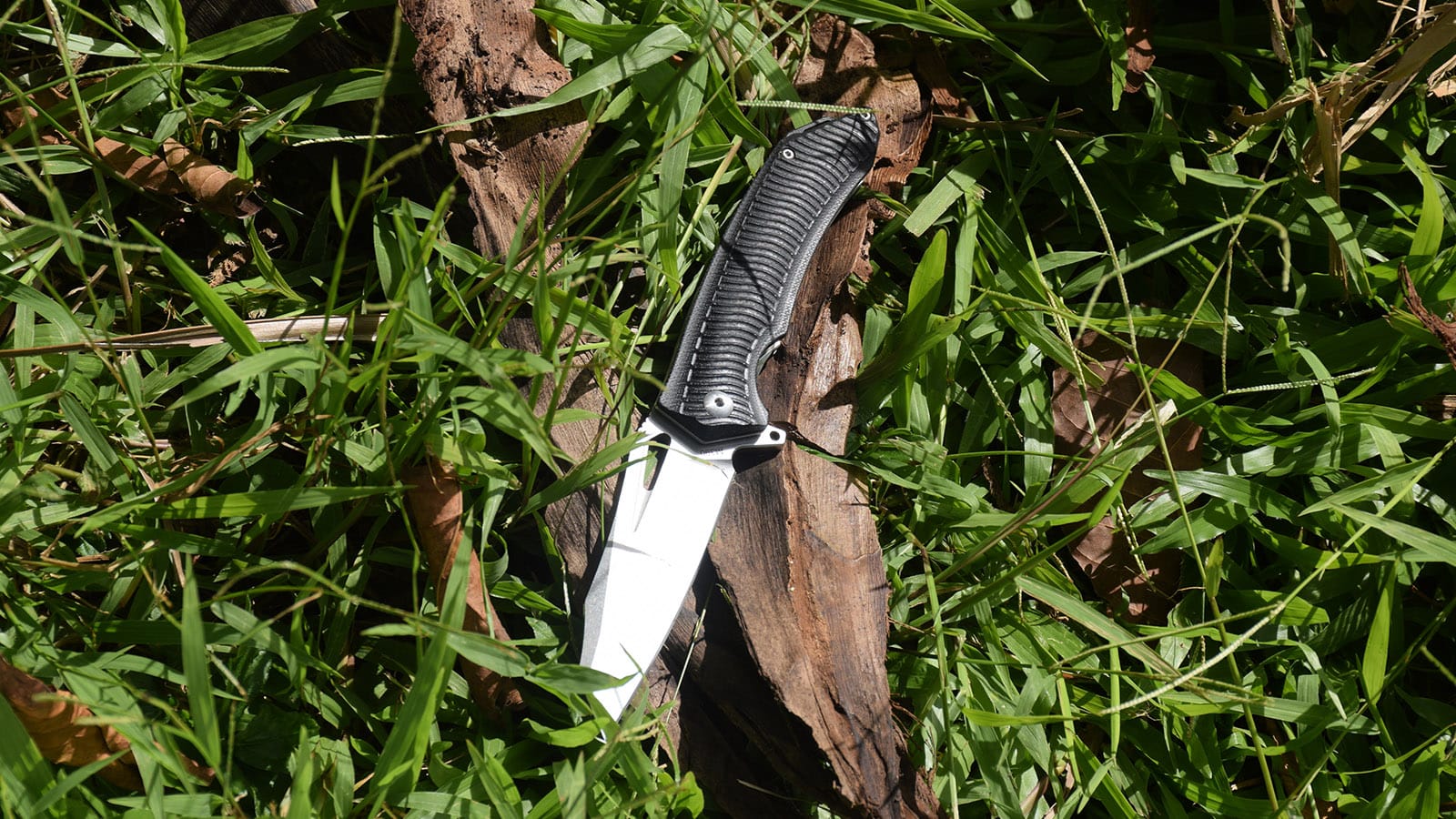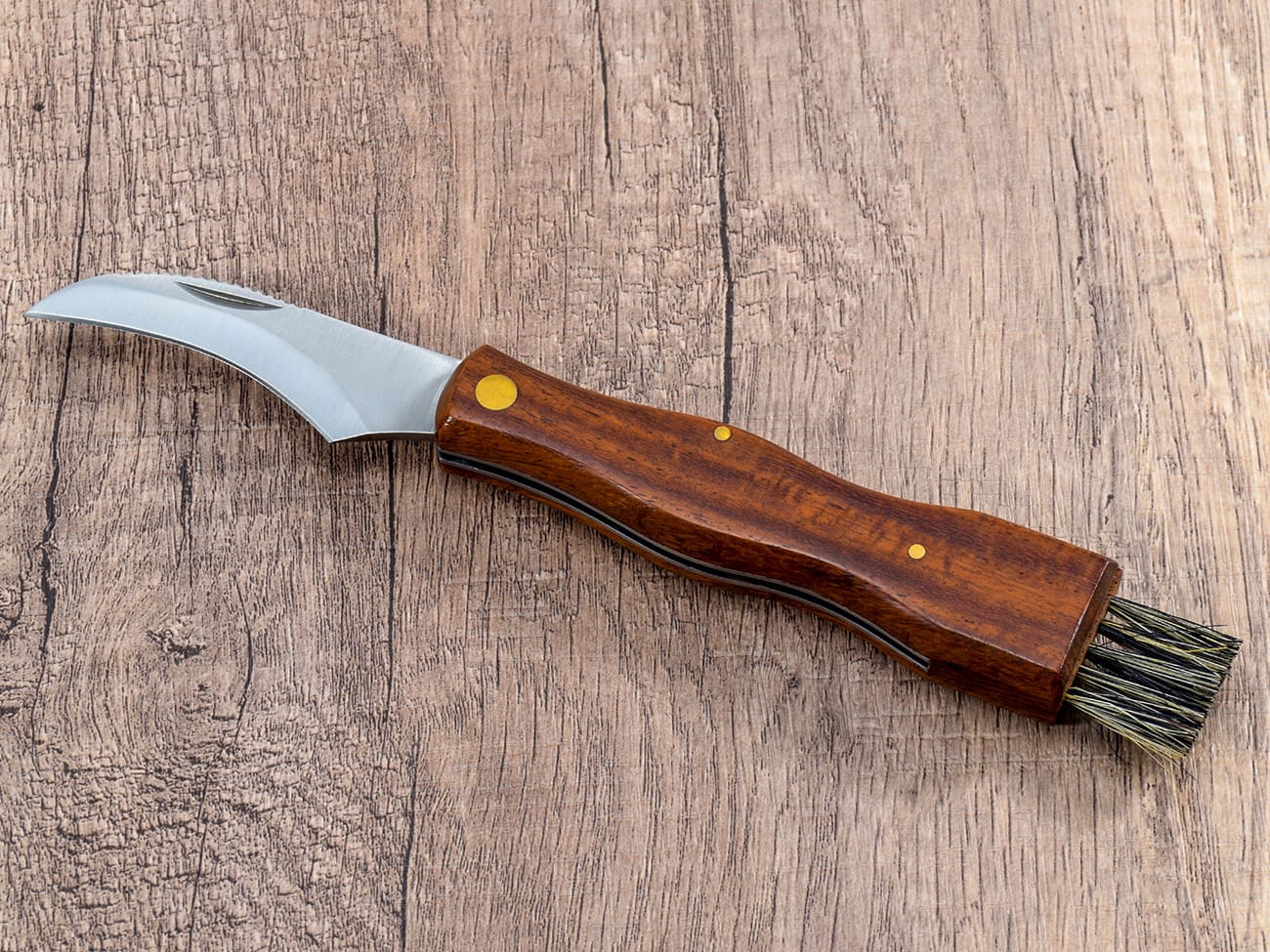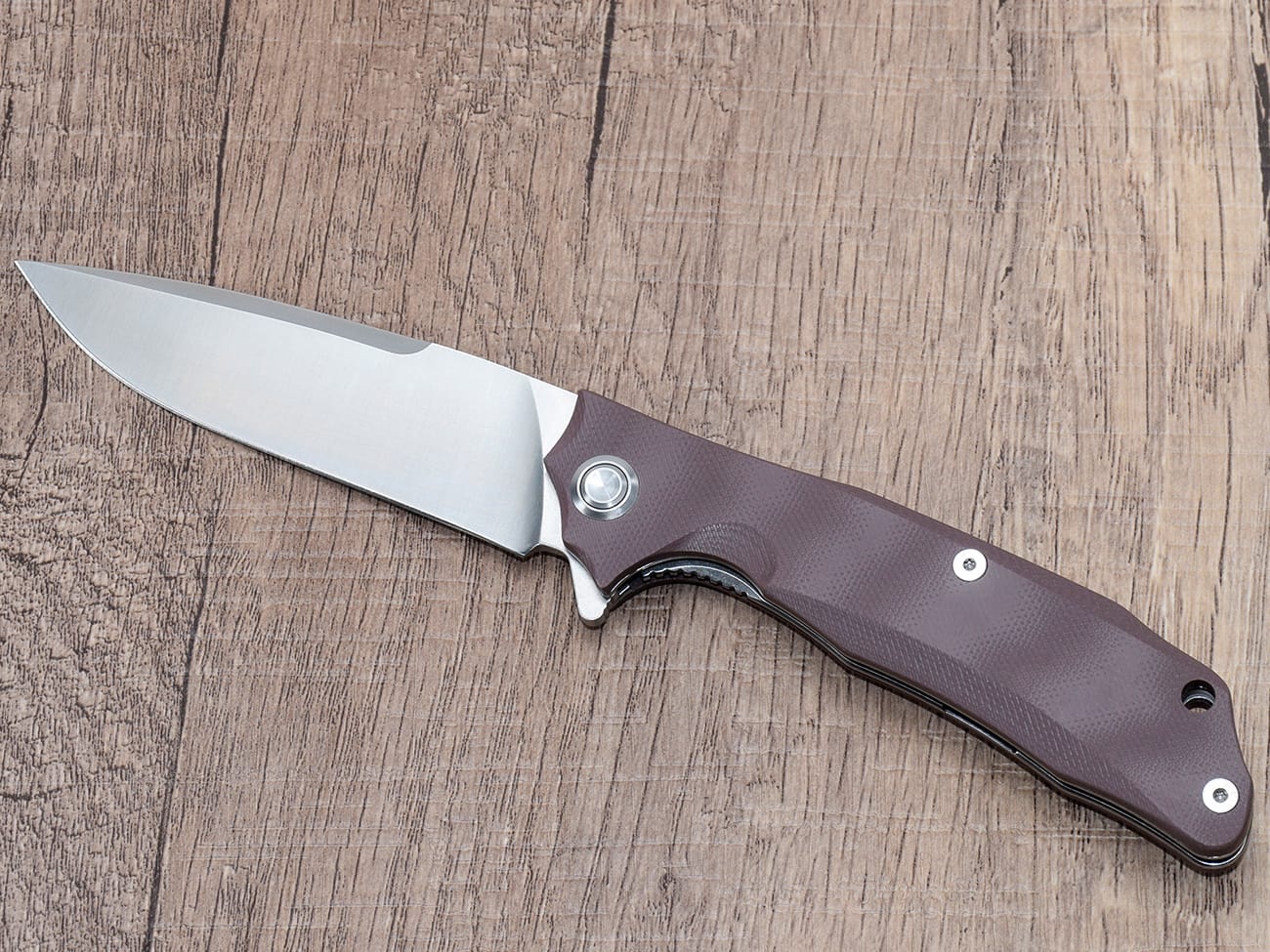Rust on your trusty pocket knife can be a real buzzkill. But don’t worry! With the right techniques, you can restore your blade to its former glory. This guide will walk you through everything you need to know about removing rust from a pocket knife, from understanding why rust forms to preventing it in the future.
Why Should You Care About Rust on Your Pocket Knife?
Rust isn’t just unsightly; it can seriously compromise your knife’s performance and longevity. A rusty blade is weaker, duller, and more prone to further damage. By learning how to remove rust effectively, you’ll extend the life of your knife and ensure it’s always ready for action.
Understanding Rust: The Enemy of Your Blade
Before we dive into removal techniques, let’s briefly explore what rust is and why it forms on your pocket knife.
What Exactly is Rust?
Rust, chemically known as iron oxide, is the result of a reaction between iron, oxygen, and water. When these elements come together, they create that reddish-brown substance we all dread seeing on our tools.
Why Does Your Pocket Knife Rust?
Several factors can contribute to rust formation on your knife:
- Moisture exposure
- High humidity
- Improper storage
- Neglecting to clean and dry your knife after use
- Using your knife in corrosive environments
Essential Tools for Rust Removal
Before you start, gather these items:
- White vinegar
- Baking soda
- Steel wool or fine-grit sandpaper
- Clean rags
- An old toothbrush
- Mineral oil
- Protective gloves
10 Effective Methods to Remove Rust from Your Pocket Knife
1. The Vinegar Soak Method: A Natural Rust Buster
White vinegar is a powerful, natural rust remover. Here’s how to use it:
- Fill a container with white vinegar.
- Submerge the rusty parts of your knife in the vinegar.
- Let it soak for 12-24 hours.
- Remove the knife and scrub away loosened rust with steel wool.
- Rinse thoroughly and dry completely.
The acetic acid in vinegar works wonders on rust, making this method particularly effective for light to moderate rust.
2. Baking Soda Paste: Gentle Yet Effective
For a gentler approach, especially on less severe rust:
- Mix baking soda with water to form a paste.
- Apply the paste to the rusty areas.
- Let it sit for a few hours.
- Scrub with an old toothbrush.
- Rinse and dry thoroughly.
This method is great for removing rust from your pocket knife without risking damage to the blade.
3. The Lemon Juice and Salt Combo: Acidic Power
Nature’s rust-fighting duo:
- Sprinkle salt on the rusty areas.
- Squeeze lemon juice over the salt.
- Let it sit for a couple of hours.
- Scrub with the lemon rind or an old toothbrush.
- Rinse and dry completely.
The citric acid in lemon juice, combined with the abrasive nature of salt, can be surprisingly effective at removing rust.
4. Potato Power: An Unexpected Ally
Believe it or not, potatoes can help remove rust:
- Cut a potato in half.
- Coat the cut side with dish soap or baking soda.
- Rub the potato on the rusty areas.
- Let it sit for a few hours.
- Scrub, rinse, and dry.
The oxalic acid in potatoes can help break down rust, making this a fun and eco-friendly method.
5. Commercial Rust Removers: When You Need Extra Power
For stubborn rust:
- Choose a rust remover suitable for knives.
- Apply according to the product instructions.
- Scrub as directed.
- Rinse thoroughly and dry completely.
Always follow safety precautions when using chemical rust removers.
6. The Sandpaper Method: For Tough Rust Spots
When dealing with particularly stubborn rust:
- Start with a fine-grit sandpaper (around 400 grit).
- Gently sand the rusty areas, following the grain of the metal.
- Gradually move to finer grits if needed.
- Clean off any residue and dry the knife.
Be cautious not to over-sand, as this can damage the blade’s finish.
7. Electrolysis: The High-Tech Approach
For the scientifically inclined:
- Fill a plastic container with water and add a tablespoon of baking soda.
- Connect the positive terminal of a battery charger to a sacrificial piece of metal.
- Connect the negative terminal to your rusty knife (ensure only the rusty parts are submerged).
- Let it run for a few hours.
- Remove, scrub lightly, rinse, and dry.
This method can be very effective but requires careful setup and precautions.
8. WD-40: Not Just for Squeaky Hinges
WD-40 can be surprisingly effective for rust removal:
- Spray WD-40 on the rusty areas.
- Let it sit for about 10 minutes.
- Scrub with steel wool or an old toothbrush.
- Wipe clean and dry thoroughly.
While not a dedicated rust remover, WD-40’s water-displacing properties can help loosen and remove rust.
9. The Aluminum Foil Trick: A Gentle Abrasive
For a unique approach:
- Tear off a sheet of aluminum foil.
- Dip it in water or vinegar.
- Gently rub the rusty areas with the foil.
- Rinse and dry the knife.
This method works through a chemical reaction between the aluminum and the rust, effectively transferring the rust to the foil.
10. Oil and Elbow Grease: The Classic Method
Sometimes, the old ways are the best:
- Apply a generous amount of mineral oil to the rusty areas.
- Use fine steel wool to scrub the rust away.
- Wipe clean and reapply oil as needed.
- Finally, wipe off excess oil and dry thoroughly.
This method combines lubrication with gentle abrasion, making it effective for many types of rust.
Post-Rust Removal Care: Keeping Your Knife in Top Shape
After successfully removing rust, it’s crucial to take care of your knife to prevent future rusting:
- Dry thoroughly: Always dry your knife completely after cleaning or use.
- Oil regularly: Apply a thin coat of mineral oil to protect the blade.
- Store properly: Keep your knife in a dry place, preferably with a silica gel packet.
- Consider a rust inhibitor: Products like Renaissance Wax can provide long-lasting protection.
Preventing Rust: Proactive Measures for Knife Enthusiasts
An ounce of prevention is worth a pound of cure, especially when it comes to knife maintenance. Here are some tips to keep rust at bay:
- Clean and dry your knife after each use
- Avoid storing your knife in humid environments
- Use a leather sheath or cloth wrap for storage
- Consider using stainless steel blades for better rust resistance
- Apply a thin coat of oil before long-term storage
When to Seek Professional Help
While many rust issues can be handled at home, there are times when it’s best to consult a professional:
- If the rust has caused significant pitting or damage to the blade
- For valuable or antique knives where DIY methods might risk further damage
- If you’re uncomfortable with any of the rust removal processes
A professional knife sharpener or restorer can often salvage even severely rusted blades.
Conclusion: Mastering the Art of Rust Removal
Removing rust from your pocket knife doesn’t have to be a daunting task. With these methods in your arsenal, you can tackle everything from light surface rust to more stubborn oxidation. Remember, the key to keeping your knife rust-free is regular maintenance and proper storage.By taking care of your pocket knife, you ensure it remains a reliable tool for years to come. Whether you’re using it for everyday tasks, outdoor adventures, or as part of your EDC (Everyday Carry) setup, a well-maintained knife is an invaluable companion.

A clean, rust-free knife is a joy to use and can last for generations
Key Takeaways:
- Understand why rust forms to better prevent it
- Choose the right rust removal method based on severity and blade material
- Always clean, dry, and oil your knife after rust removal
- Prevent future rusting through proper storage and regular maintenance
- Don’t hesitate to seek professional help for valuable or severely rusted knives
By following these guidelines, you’ll be well-equipped to keep your pocket knife in pristine condition, ready for whatever challenges come your way. Happy rust-busting!



